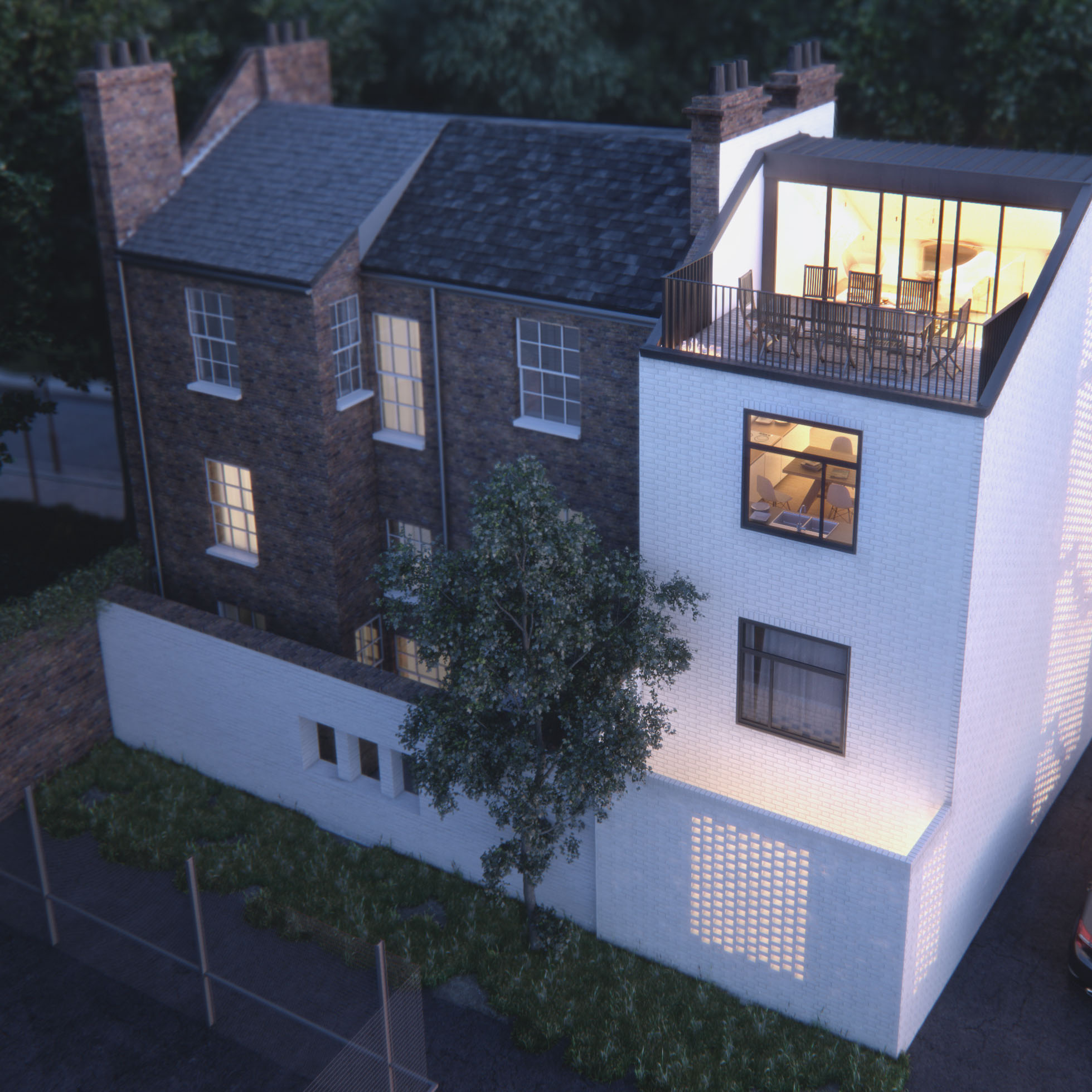Knowledge Base: Renovating Grade 2 Listed Buildings
< Back to InsightsThere are 370,000 entries for listed buildings on the National Heritage List for England, but the most common grade of listing – with about 92% of listed buildings falling into this category – is Grade 2.
What Is a Listed Building?
A listed building is a structure that has been placed on the National Heritage List for England because of its special architectural or historic interest. Listing helps protect the character of important buildings so that they can be enjoyed by future generations.
There are three main grades:
- Grade I listed: Buildings of exceptional national interest, only about 2.5% of all listed buildings fall into this category. Think St Paul’s Cathedral or the Tower of London.
- Grade II listed*: Particularly important buildings of more than special interest. These make up around 5.5% of listings.
- Grade II listed: This is the most common category. These are buildings of special interest, and while they may not be as grand as a cathedral, they still contribute greatly to the character and heritage of their area.
If you live in a Grade 2 listed property, it means your home has recognised historical or architectural value and is legally protected from unsuitable changes.

Planning for success
Whether you’re thinking of a rear extension, a loft conversion, or simply updating your windows, understanding what being ‘listed’ means is crucial to planning a successful renovation.
In this post, we’ll explore what it means to live in a Grade 2 listed building, the implications for your home improvement plans, and what to keep in mind when working within a conservation area.
Can I extend a Grade 2 Listed Building?
Yes, but you’ll need to tread carefully.
Renovating or extending a Grade 2 listed home is absolutely possible, but you’ll need to apply for listed building consent in addition to your usual planning permission. Even seemingly minor changes – like replacing windows, moving internal walls, or altering fireplaces – may require consent.
It’s also important to understand that the listing covers the whole building, inside and out. That includes features such as staircases, cornices, and sometimes even garden walls or outbuildings. You may also need to use specific materials or techniques that match the original fabric of the house.
At Collective Works, we work closely with conservation officers and heritage consultants to design sensitive, beautiful extensions that respect and enhance listed homes.
What about retrofitting a listed home?
Unfortunately, listed buildings and homes in conservation areas are also likely to be the least energy efficient homes. A retrofit project will improve your comfort level, reducing draughts and increasing energy efficiency, as well as reducing your bills. However, installing a ASHP, solar panels or exterior insulation will almost certainly require a preliminary conversation with the planning authority.
We’ve written more about retrofitting in a conservation area in Futureproofing is preserving.
What is a Conservation Area?
Even if your home isn’t individually listed, it might sit within a conservation area. These are designated zones where the character or appearance of the neighbourhood is considered especially valuable and worth preserving.
Conservation areas come with their own planning rules, especially around external changes – think new windows, cladding, roof alterations, or extensions. Councils are particularly protective of how changes affect the street scene or the harmony of historic architecture.
If your home is both Grade 2 listed and in a conservation area, expect a more detailed planning process – but it’s nothing that careful planning and the right team can’t handle.

What About Permitted Development?
Permitted Development Rights (PDRs) allow homeowners to carry out certain building works without needing full planning permission. Examples might include a small rear extension, a garden office, or a loft conversion.
However, here’s the catch: permitted development rights do not apply to listed buildings.
That means any extension or alteration, no matter how minor, will need formal approval through the listed building consent process. If your home is in a conservation area, PDRs may also be restricted or removed entirely.
This doesn’t mean you can’t update or expand your home – it just means you need to plan carefully and get the right approvals.
How to Approach a Grade 2 Listed Renovation
If you’re planning a renovation or extension to a Grade 2 listed building, here’s our advice:
- Start with a conversation – Talk to your local planning authority early in the process. Understanding their priorities can help shape a smoother journey. We can do this on your behalf.
- Hire experienced professionals – Architects with heritage experience (like us at Collective Works) can guide you through the process and help your vision meet conservation requirements.
- Be flexible and collaborative – You may need to adjust your plans to respect original features or materials, but a creative approach can lead to a design that’s even more distinctive.
- Document everything – You’ll need detailed drawings and a strong heritage statement when applying for consent.
We are experienced at dealing with heritage homes, and can guide you along the way. Contact us to talk about renovating your grade 2 listed home.
In Summary
Owning a Grade 2 listed home is both a privilege and a responsibility. While it comes with some extra steps, it certainly doesn’t mean you’re stuck in the past. With thoughtful design and the right expertise, you can create an extension that complements your home’s character while offering all the comfort and functionality of modern living.
If you’re considering a renovation or extension to your listed property, get in touch with Collective Works. We specialise in sensitive, sustainable design that works in harmony with heritage buildings – and we’d love to help you bring your vision to life.
Let’s have a chat about your vision and
how we can help you realise it.
Collective Works are an architecture & design studio. Our network of professionals will create your perfect solution.